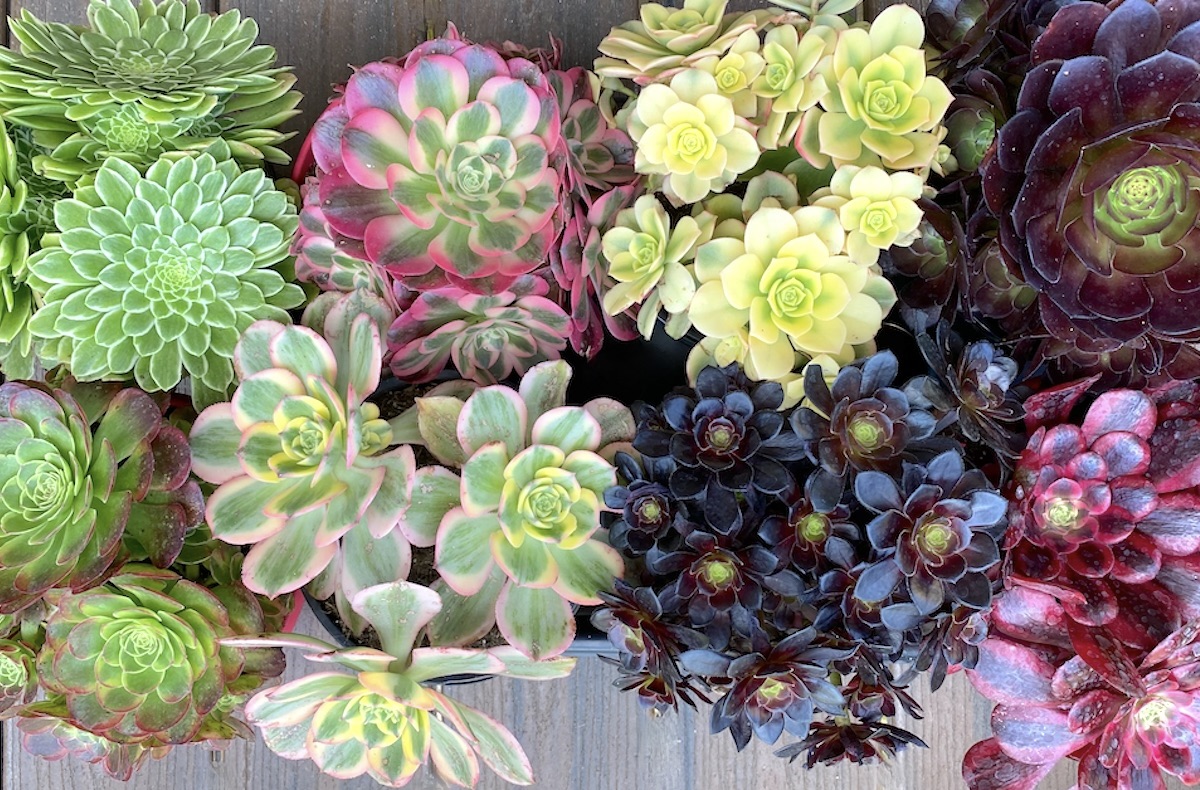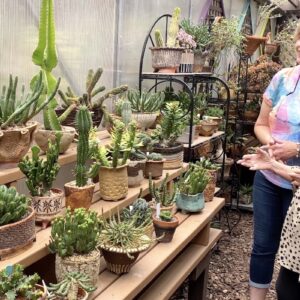New video: See my recent potting demo at the Palomar CSS show
It's similar to the mounded, floral-style arrangements I did at Rogers Gardens. But instead of a hefty ceramic pot, I used a large, lightweight one from Lowes. Such pots...
- Are easily portable (I can lift the largest with one hand).
- Add height, interest, and color to patios, decks and garden beds.
- Create focal points that give a landscape style and continuity.
- Resemble ceramic more than "recycled plastic" or resin.
- Are sturdy and typically last for years.
- Come in various colors. I like dark red because it stands out and repeats (or contrasts with) numerous succulents. Another good choice is teal blue.
- Are inexpensive. The pot in the video is 16.5 inches in diameter at the rim; 14.5 inches high; and cost $30 with sales tax and delivery. On Amazon, comparable ceramic pots start at $55.
SHOUT OUT: Many thanks to Oasis Nursery in Escondido, CA for providing the aeoniums for this potting demo.
Curious about my plastic bottle hack?
Aeoniums, like many succulents, are shallow-rooted, so they don't benefit from excess soil that'll hold water, which can lead to rot. I filled the pot 3/4 full with tightly capped, empty plastic bottles. Less soil means a lighter-weight arrangement---and for roots, bottles are the same as rocks!
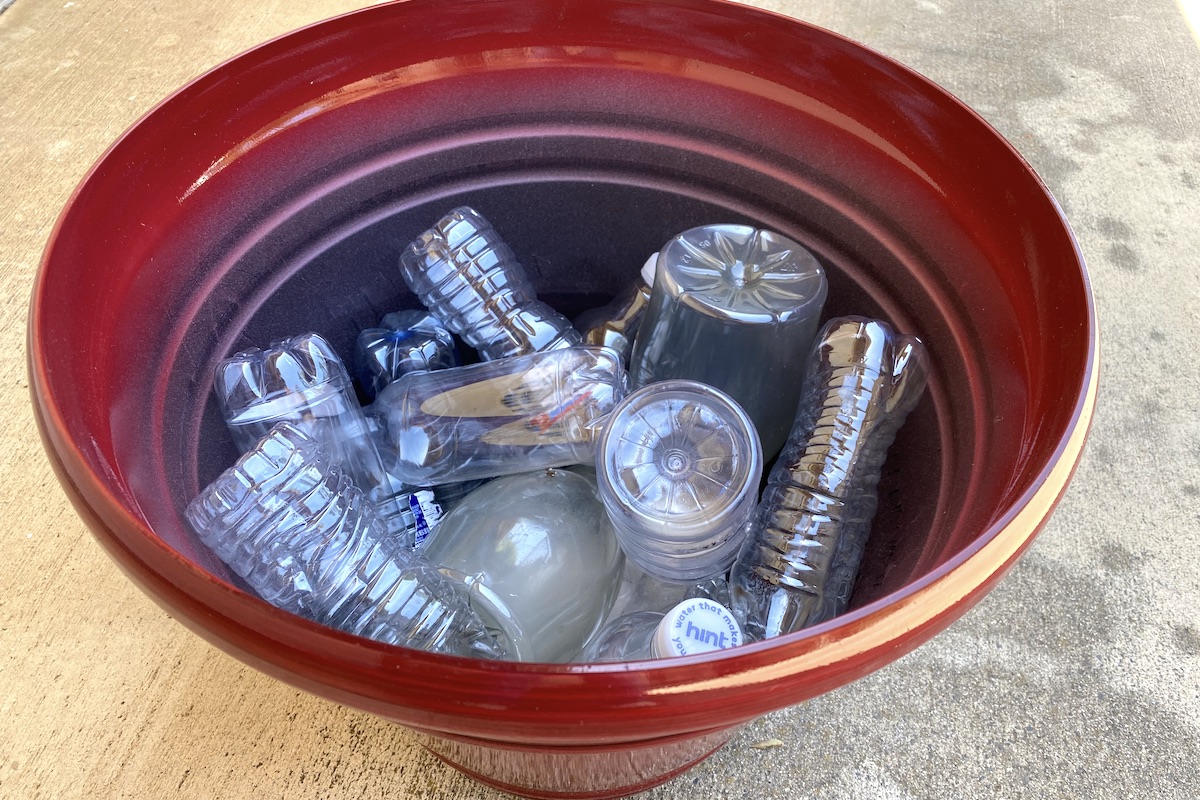
Make flowerpots lighter in weight by filling them 1/2 to 2/3 with capped plastic bottles.
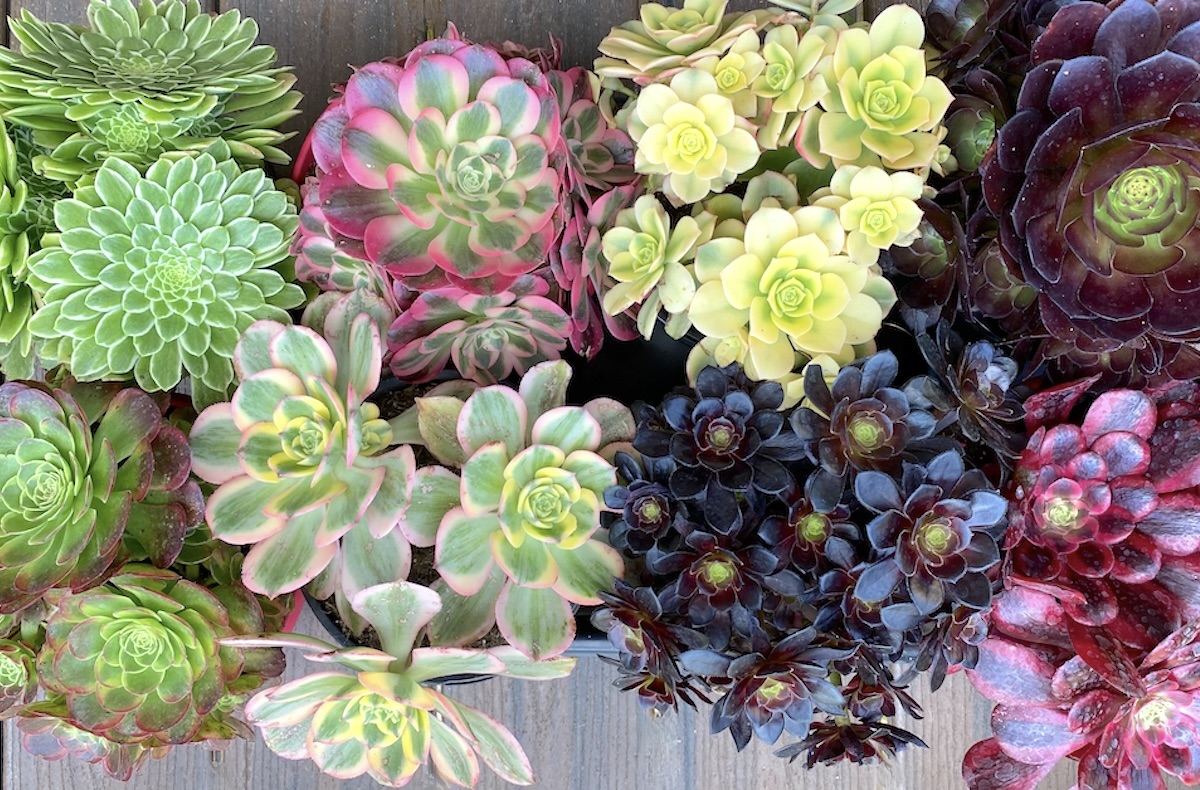
Colorful aeoniums for a 16-inch pot (mounded arrangement)
Step-by-step mounded arrangement
You'll need 10 to 12 one-gallon nursery plants for a 16-inch-wide pot.
- Fill the pot with potting soil to five or six inches below the rim.
- Slide plants out of their pots and rest their necks (where rosettes meet stems) on the rim, facing outward.
- If a pot contains multiple plants, pull the root balls apart and position them amid the larger rosettes (for design interest.)
- Stack more plants, root balls and all, atop those leaning outward.
- Add soil and tuck small plants or cuttings into gaps.
- Use a chopstick to push soil downward and to settle roots.
- When finished, position the potted arrangement where you want it. Water lightly to clean the leaves and settle the roots.
- After that, water as you would any potted succulent: When nearly dry.
Enjoyed my aeonium combo? Then you'll love my potted echeveria garden!
Above: Large plastic pots planted with echeverias are a conversation starter, and are visible from both my outdoor and indoor dining areas. Throughout the year, I easily keep an eye on prized succulents that in the ground might get marred or engulfed. As needed during the year, I move my "echeveria garden" into greater or lesser sun, and occasionally cover it for frost protection. Summer into fall, I keep an eye out for mealy bugs.
Related info on this site
Make a Mounded Succulent Arrangement
Many eye-catching succulent arrangements are mounded, meaning plants are massed atop the container. Mounded arrangements look established right away and are quick and easy to assemble.
Plant an Echeveria Garden in Pots
Echeverias do great in containers, so why not plant an echeveria garden all in pots? Because echeverias have great color, symmetry and resemble fleshy flowers, my own potted collection suggests an exotic flower garden.
Red and Pink Aeoniums, Varieties and Care
I was excited to see “Carnival” Aeonium cultivars at Oasis Nursery in Escondido, CA. A spokesperson for Altman Plants (which owns Oasis) told me these pink-and-ruby beauties “are going out to garden centers as a limited item through April.” To create new hybrids striped with red, pink, cream, green, or yellow, breeders likely crossed dark…
The post Create Potted Gardens of Colorful Aeoniums or Echeverias appeared first on Debra Lee Baldwin. Copyright © Debra Lee Baldwin.
from Debra Lee Baldwin https://ift.tt/tSu45A7
via IFTTT

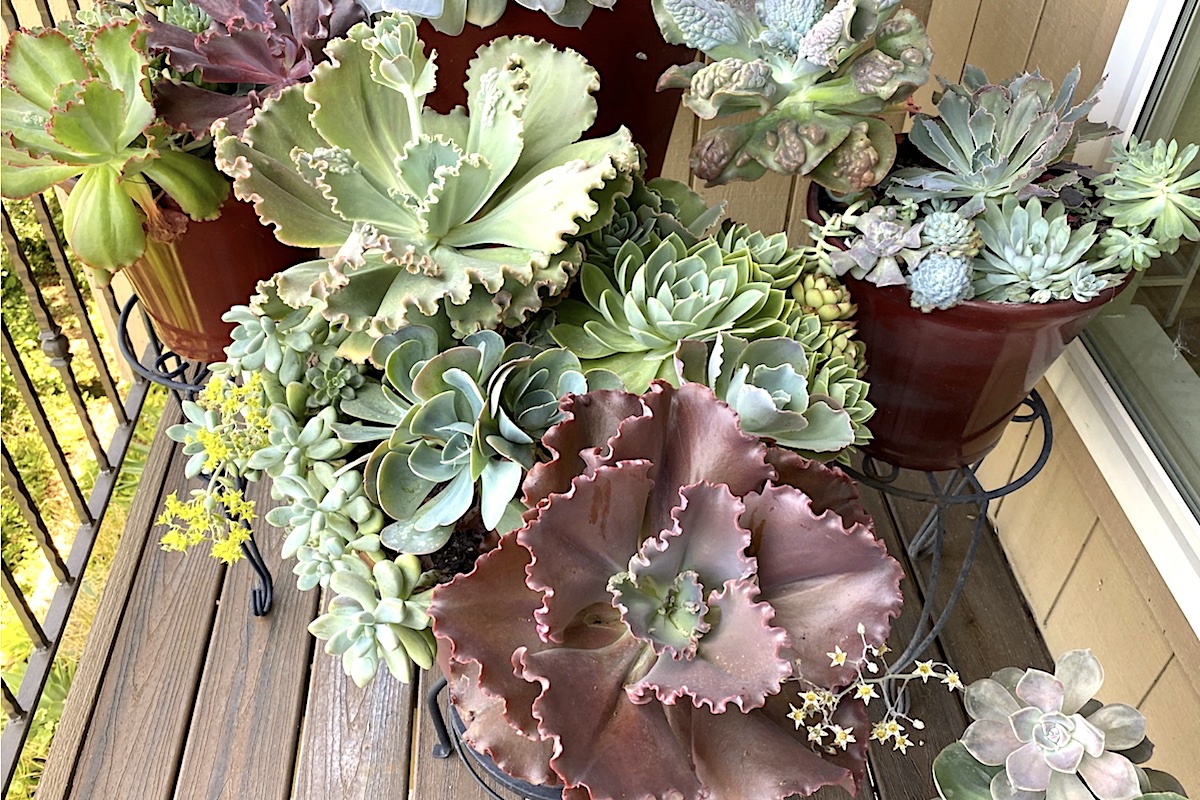
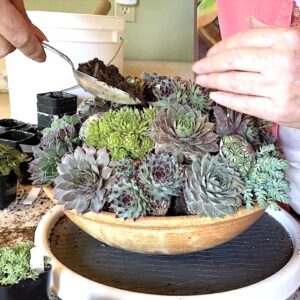
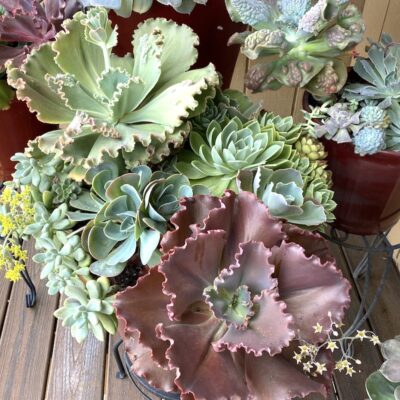
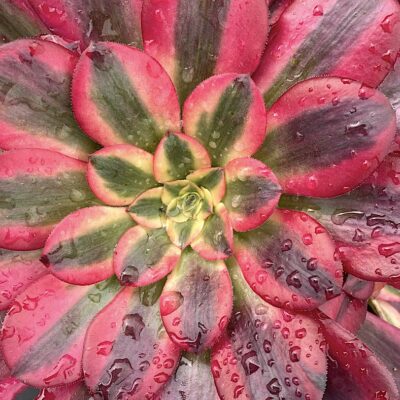

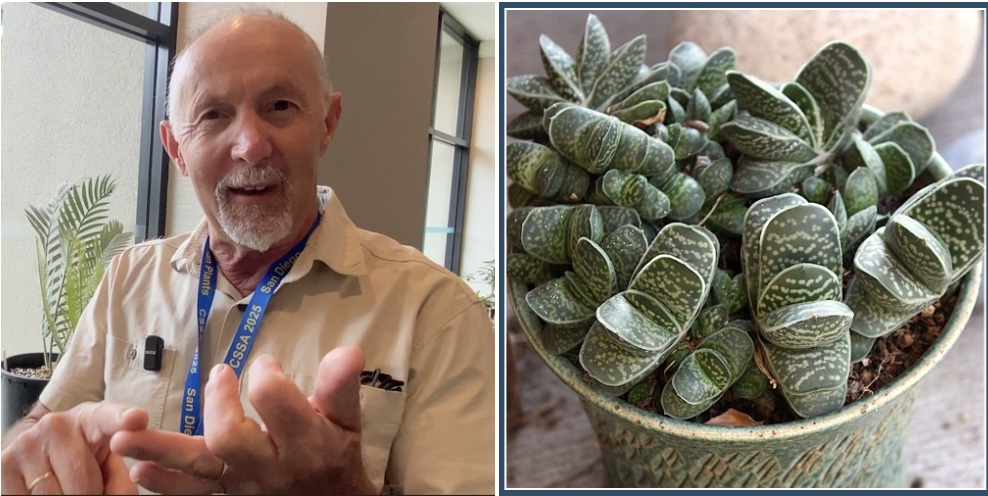
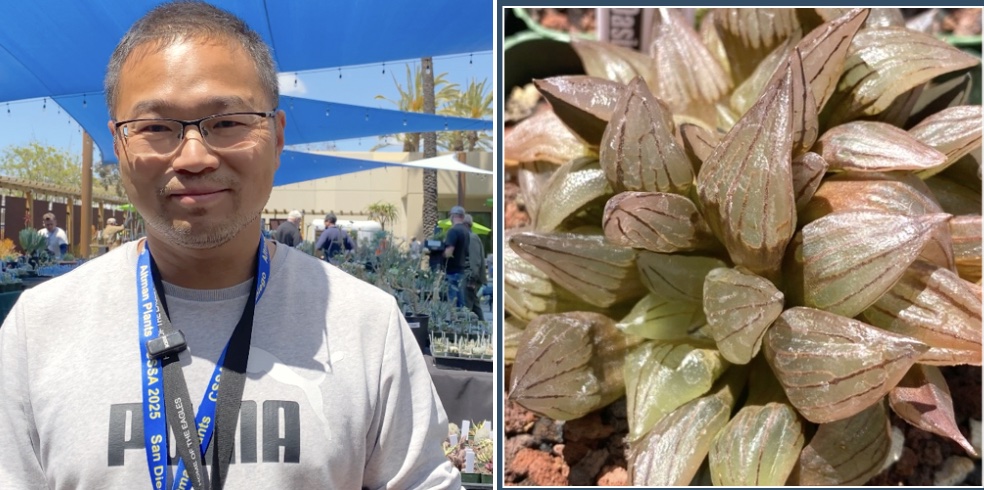

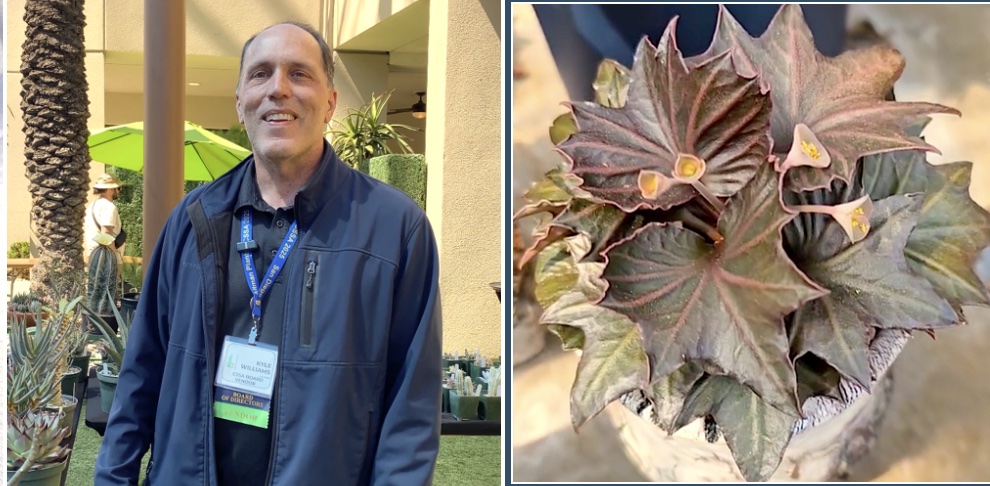
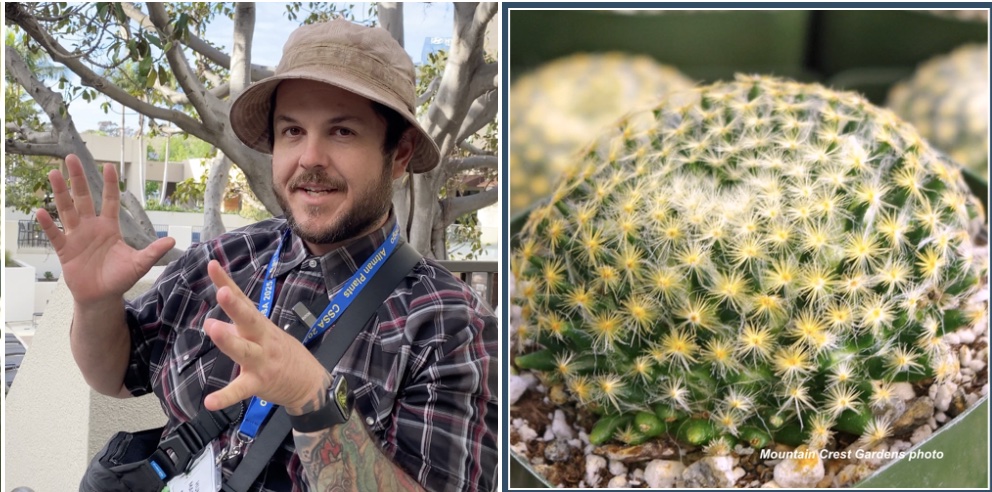
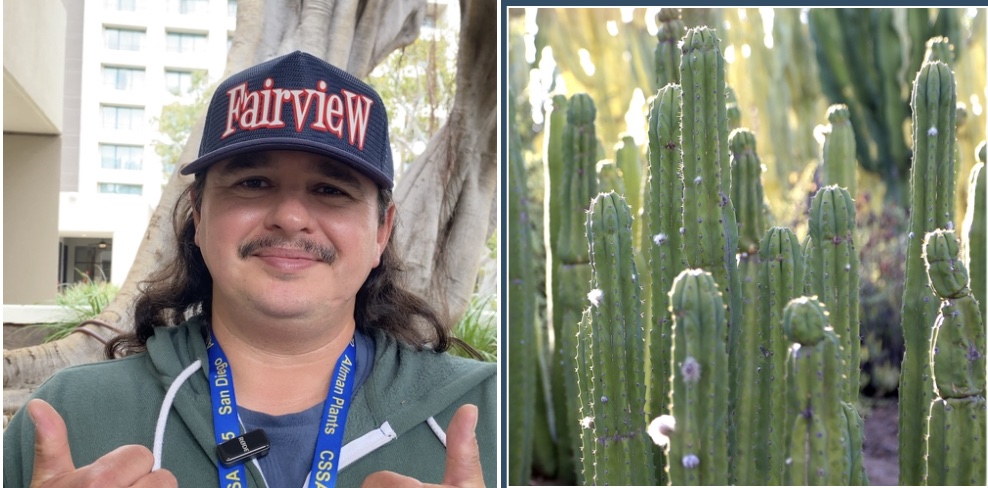

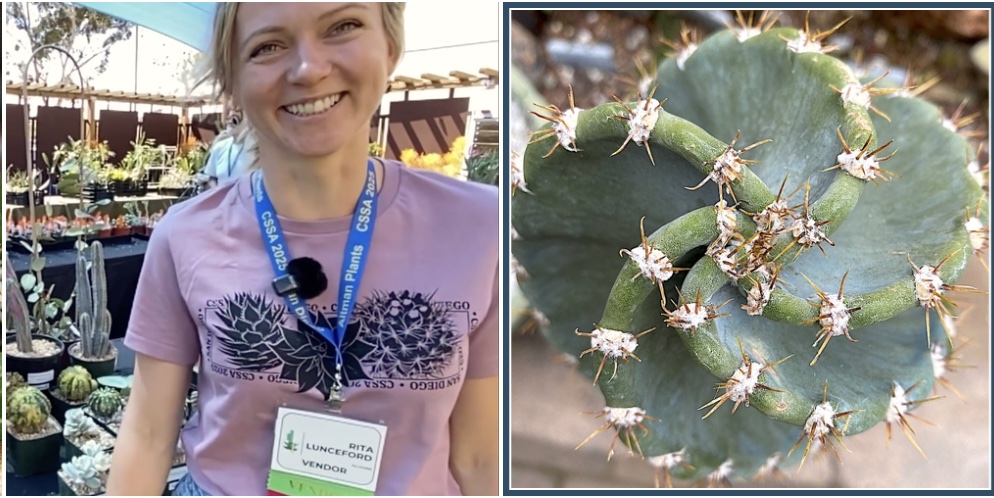

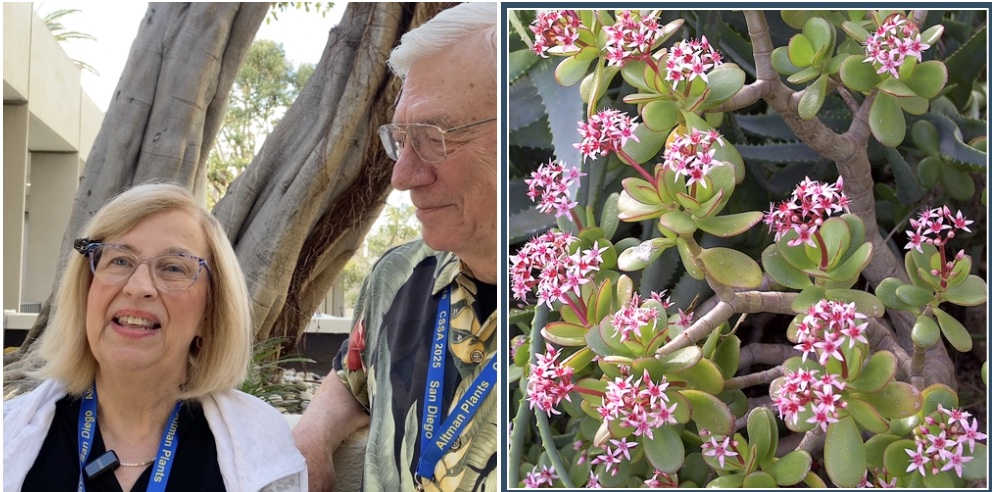
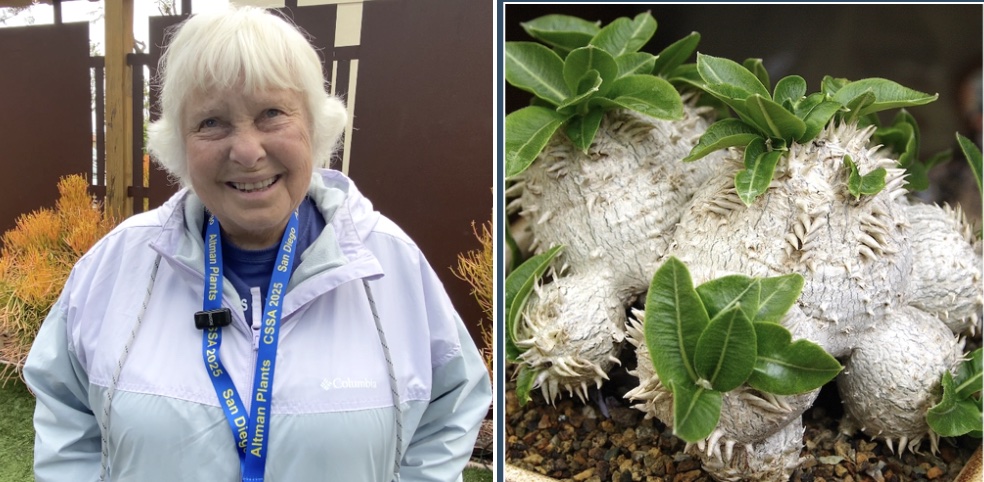
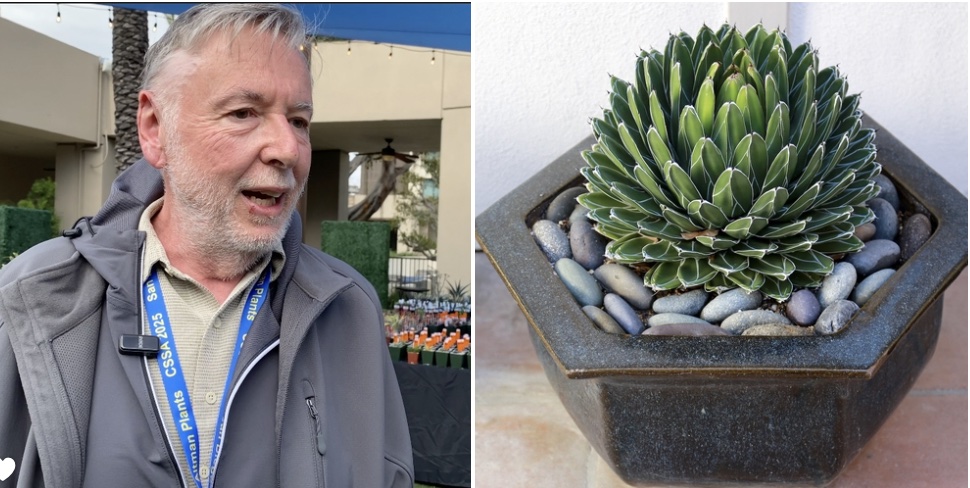
-custom_crop.jpg)

